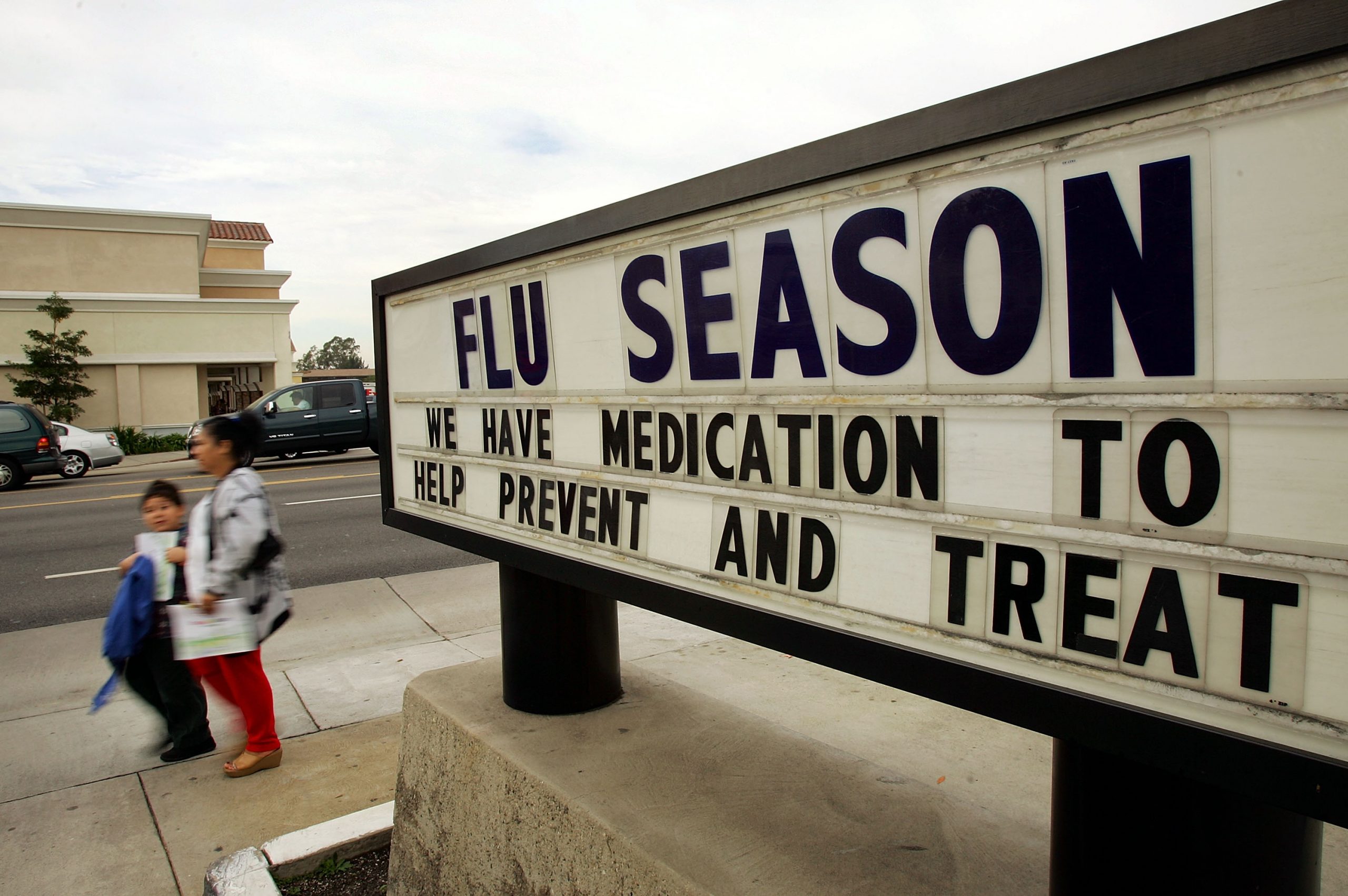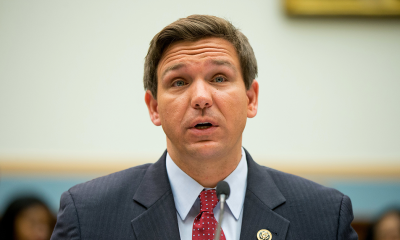The U.S. Centers for Disease Control and Prevention (CDC) has published the early figures for influenza cases and hospitalizations this flu season.
On Friday, the public health agency reported early increases in seasonal influenza activity based on the data collected until Oct. 22. The patients admitted to hospitals within the week of data collection numbered 2,332. There was a 9.2% mortality rate attributed to pneumonia, influenza and COVID-19, and one influenza-associated pediatric death.
The CDC noted that the southeast and central regions reported the highest levels of flu activity. Estimates showed that there had been at least 880,000 illnesses, around 7,000 hospitalizations and 360 deaths from flu in the U.S. this season. The flu hospitalization rates are reportedly the worst in more than a decade since the H1N1 swine flu pandemic.
Since the flu season started earlier this year, experts strongly encourage everyone to get the best protection as early as possible, and that is vaccination. Dr. William Schaffner said it’s crucial not to delay getting the flu shot.
“We’re in a bit of a race with the virus,” the medical director of the National Foundation for Infectious Diseases told CNN, noting that the flu season started at least a month earlier than usual.
Since it takes between 10 days and two weeks for the flu vaccine to take effect and offer full protection, it is a must to get jabbed as early as now.
“I would assure anyone who hasn’t gotten it yet that they’re not too late,” Schaffner said. “The flu season will be with us for at least a few more months. We don’t know whether it will be shorter or longer than usual. There is still very good reason to get your protection from the vaccine.”
Compared with the 140 million doses administered last year and the 156 million doses the year before that, only around 128 million doses of the flu vaccine have been distributed so far this season, as per CDC’s updated data.
Earlier this month, a survey by the National Foundation for Infectious Diseases (NFID) found that only 49% of the U.S. population was willing to get the flu vaccine. Some of the reasons respondents cited were not having enough trust in the new flu vaccines and concerns about potential side effects.
















